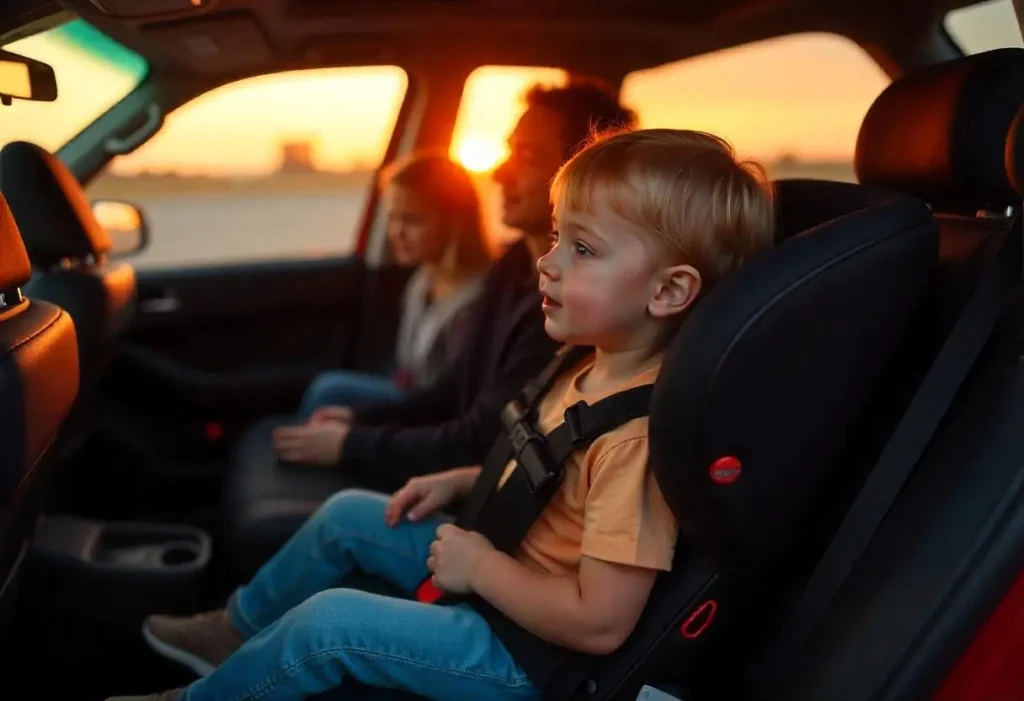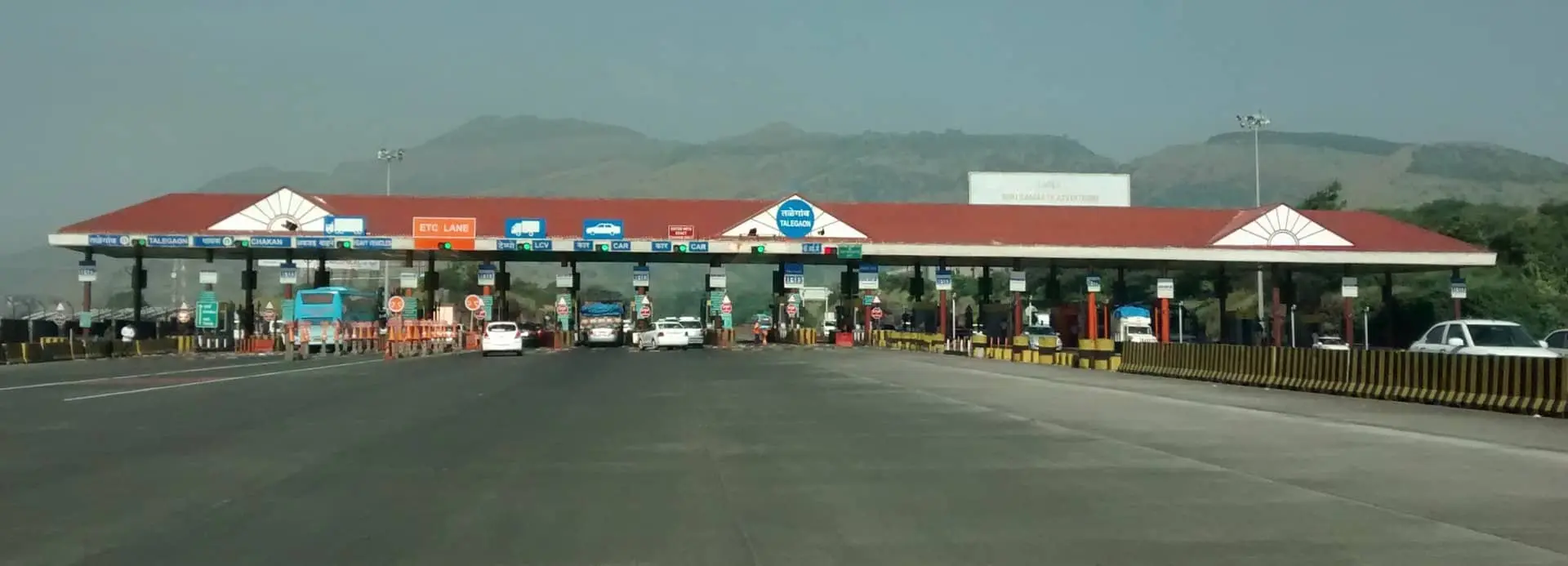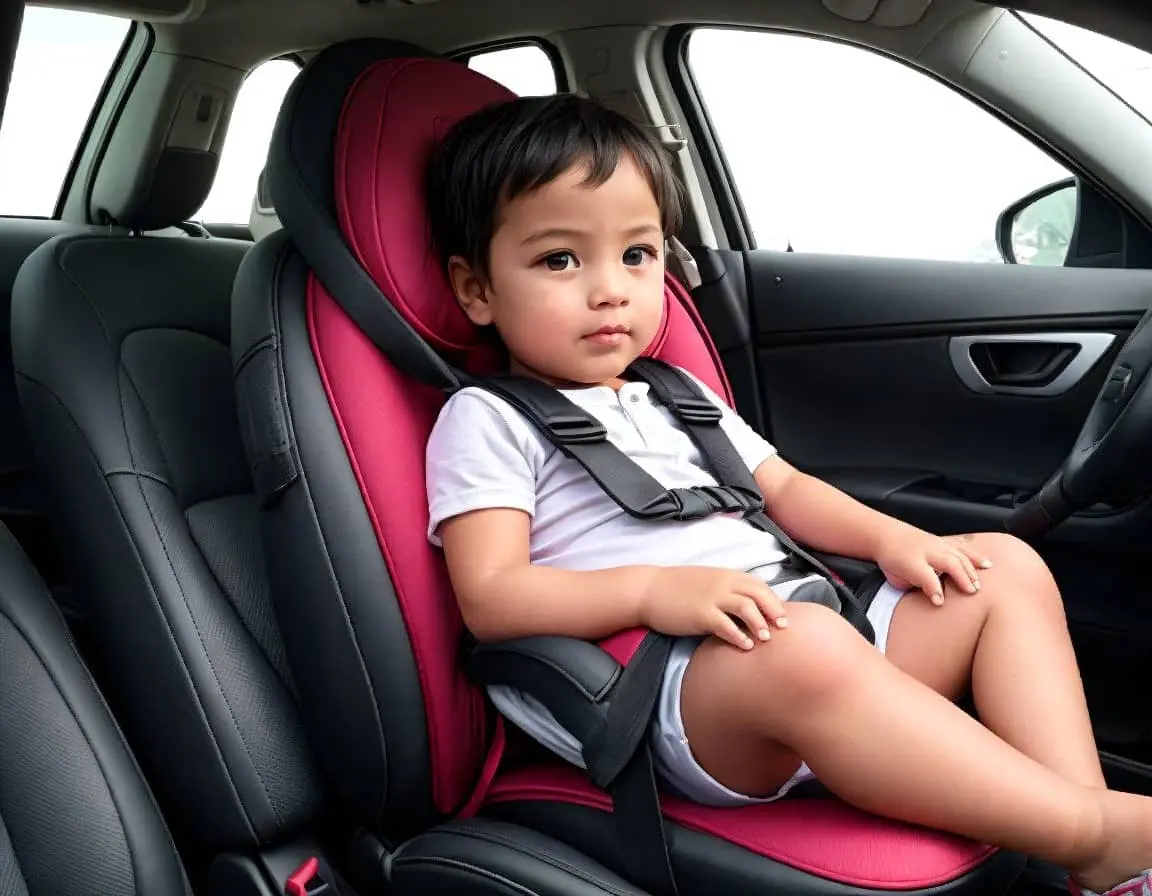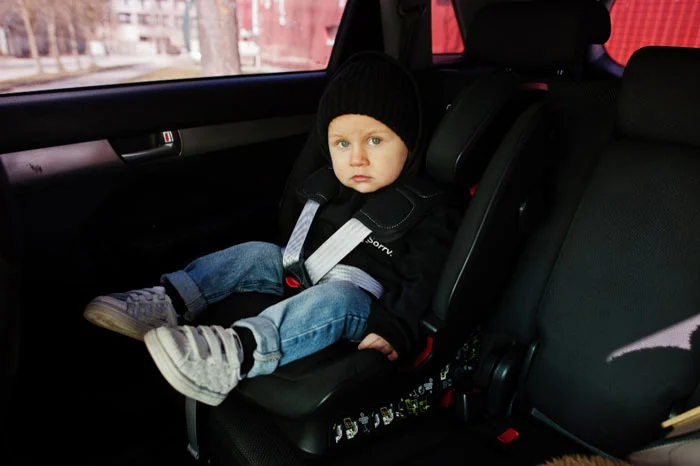Child Car Seat Rules in Scotland: A Quick Guide

Ensuring the safety of children while traveling in vehicles is a priority across the United Kingdom, and Scotland has specific regulations governing the use of child car seats. These rules are designed to protect young passengers by mandating appropriate restraints based on age, height, and weight. This article provides a comprehensive overview of Scotland’s child car seat laws, including legal requirements, exemptions, penalties for non-compliance, and practical guidance for parents and caregivers.
Legal Framework
In Scotland, child car seat regulations are governed by UK-wide legislation, primarily the Road Traffic Act 1988 and subsequent amendments, including the Motor Vehicles (Wearing of Seat Belts) (Amendment) Regulations 2006. These laws align with European Union standards (ECE R44 and R129) for child restraint systems. The rules apply to all children under 12 years old or shorter than 135cm in height, whichever comes first, when traveling in cars, vans, or other vehicles.
The core principle is that children must use an appropriate child car seat or booster seat until they reach 135cm in height or turn 12 years old. After this, they must use an adult seat belt. The regulations aim to ensure that restraints are suitable for a child’s size and provide adequate protection in the event of a collision.
Key Requirements
1. Age and Height-Based Rules
- Children under 12 years or under 135cm: Must use a car seat or booster seat appropriate for their weight or height, depending on the type of seat. This applies to all vehicles, including private cars, taxis, and minibuses, unless specific exemptions apply.
- Children 12 years or older, or 135cm or taller: May use an adult seat belt without a booster seat, provided the belt fits correctly. The shoulder strap should rest across the chest and shoulder, not the neck, and the lap belt should sit low across the hips.
Explore More- Child Car Seat Rules in Greece: A Comprehensive Guide for 2025
2. Types of Child Car Seats
Child car seats in Scotland must comply with either the ECE R44 (weight-based) or R129 (i-Size) (height-based) standards. The choice of seat depends on the child’s size and the vehicle’s compatibility.
- Rear-Facing Seats: Mandatory for babies up to at least 15 months under R129 regulations or until they exceed the seat’s weight limit (typically 13kg under R44). Rear-facing seats offer superior protection for the head and neck.
- Forward-Facing Seats: Suitable for children who have outgrown rear-facing seats, typically from 9kg to 18kg (R44) or 76cm to 105cm (R129). These seats use a harness or impact shield.
- Booster Seats: For older children, high-back booster seats (9kg to 36kg or up to 135cm) provide side-impact protection and ensure proper seat belt positioning. Booster cushions (without backrests) are permitted but less safe and only suitable for children over 22kg.
- i-Size Seats: These height-based seats are designed for use with ISOFIX anchorage points, which reduce installation errors. They are compatible with i-Size-approved vehicles and allow rear-facing travel up to 15 months.
3. Vehicle Compatibility
Most modern vehicles in Scotland are equipped with ISOFIX points, which secure car seats directly to the vehicle’s chassis. For older vehicles without ISOFIX, seats must be secured using the adult seat belt. Parents should consult their vehicle and car seat manuals to ensure compatibility. Airbags must be deactivated when a rear-facing seat is used in the front passenger position.
Exemptions
While compliance is mandatory in most cases, certain exemptions exist:
- Taxis and Private Hire Vehicles: If an appropriate car seat is unavailable, children under 3 may travel unrestrained in the rear seat, though this is discouraged. Children over 3 must use an adult seat belt if no booster seat is available.
- Unexpected Journeys: In emergencies or short, unexpected trips (e.g., providing a lift due to unforeseen circumstances), children over 3 may use an adult seat belt in the rear if no car seat is available. This exemption does not apply to planned journeys.
- Space Constraints: If a vehicle’s rear seat cannot accommodate three car seats, a child over 3 may use an adult seat belt, provided two appropriate seats are already in use.
- Medical Exemptions: Children with specific medical conditions may be exempt from using a car seat if a doctor provides a certificate. Alternative restraints may be required.
These exemptions are narrowly defined to prioritize safety, and parents are encouraged to carry appropriate car seats whenever possible.
Explore More- Car Child Seat Rules in Singapore: A Comprehensive Guide for Parents

Penalties for Non-Compliance
Failure to comply with child car seat regulations in Scotland can result in significant penalties. Drivers are responsible for ensuring all passengers under 14 are appropriately restrained. Violations may lead to:
- A £100 fixed penalty notice for minor infractions, such as using an incorrect seat.
- A fine of up to £500 if the case is taken to court, particularly for serious breaches (e.g., a child traveling without any restraint).
- Potential points on the driver’s license, depending on the severity of the offense.
In addition to legal consequences, non-compliance increases the risk of injury or death in a collision, underscoring the importance of adherence.
Practical Guidance for Parents
1. Choosing the Right Car Seat
- Ensure the seat meets ECE R44 or R129 standards, indicated by an approval label.
- Select a seat based on the child’s current weight or height, not age, as growth rates vary.
- Opt for rear-facing seats as long as possible, as they provide better protection.
- Check compatibility with your vehicle, particularly for ISOFIX or seat belt installations.
2. Correct Installation
- Follow the manufacturer’s instructions precisely. Incorrectly fitted seats reduce safety.
- Use ISOFIX points where available to minimize installation errors.
- Ensure the seat is secure with no excessive movement. For belt-installed seats, the belt should be taut and untwisted.
- Regularly check the seat’s fit as the child grows or when switching vehicles.
3. Safe Practices
- Never place a rear-facing seat in front of an active airbag.
- Remove bulky clothing (e.g., winter coats) before securing the child to ensure a snug harness fit.
- Avoid second-hand car seats unless you can verify their history, as they may be damaged or outdated.
- Replace seats after a moderate or severe collision, even if no damage is visible.
4. Resources and Support
- Visit Transport Scotland or GOV.UK websites for detailed guidance and updates.
- Consult retailers or local councils, which may offer car seat fitting checks.
- Organizations like Good Egg Safety provide free resources and clinics to assist parents.
Explore More- Child Seat Rules in Japan: A Comprehensive Guide to Ensuring Child Safety
Public Awareness and Enforcement
Scottish authorities, including Police Scotland, actively promote child car seat safety through campaigns and roadside checks. Initiatives like the Scottish Road Safety Framework emphasize education alongside enforcement. Retailers and manufacturers also play a role by offering fitting demonstrations and recycling programs for outdated seats.
Challenges and Considerations
Despite clear regulations, challenges persist. Cost can be a barrier, as quality car seats range from £50 to £300, and children may require multiple seats as they grow. Rural areas may have limited access to fitting services. Additionally, confusion between R44 and R129 standards can lead to errors. Addressing these issues requires ongoing education and support.
Conclusion
Scotland’s child car seat rules are designed to maximize child safety through appropriate restraints tailored to size and vehicle type. Compliance is not only a legal obligation but a critical step in protecting young passengers. By choosing the right seat, installing it correctly, and staying informed, parents can ensure their children travel safely. With robust regulations, enforcement, and public awareness, Scotland continues to prioritize road safety for its youngest residents.








